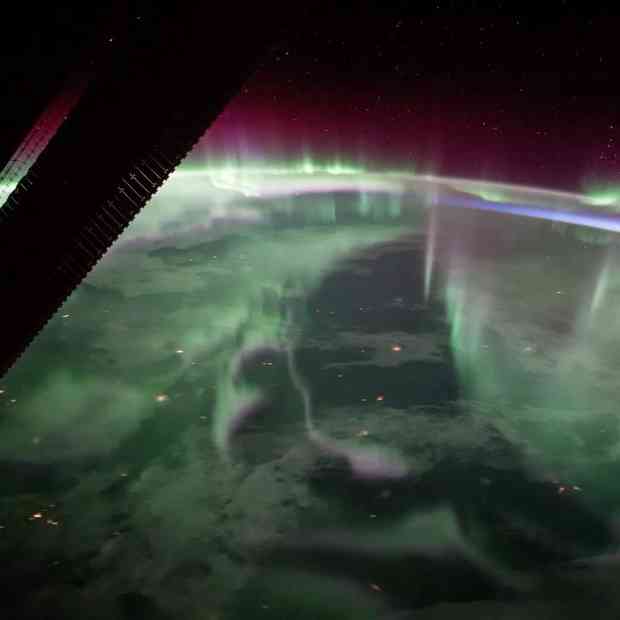This time-lapse video from astronauts on the International Space Station (@ISS) shows an aurora above Canada beginning over the California coast, to North Dakota then on to Quebec when day breaks. Taken on Sept. 15, 2017, the orbiting laboratory is located 250 miles above Earth and is traveling at 17,500 miles per hour.
At any given time, the station is home to more than 250 experiments, including some that are helping us determine the effects of microgravity on the human body. Research on the station will not only help us send humans deeper into space than ever before, including to Mars, but also benefits life here on Earth.
Credit: NASA
#nasa #space #spacestation #aurora #stars #night #glowing #astronaut #solararray #picoftheday #earth #globe #home
At any given time, the station is home to more than 250 experiments, including some that are helping us determine the effects of microgravity on the human body. Research on the station will not only help us send humans deeper into space than ever before, including to Mars, but also benefits life here on Earth.
Credit: NASA
#nasa #space #spacestation #aurora #stars #night #glowing #astronaut #solararray #picoftheday #earth #globe #home

